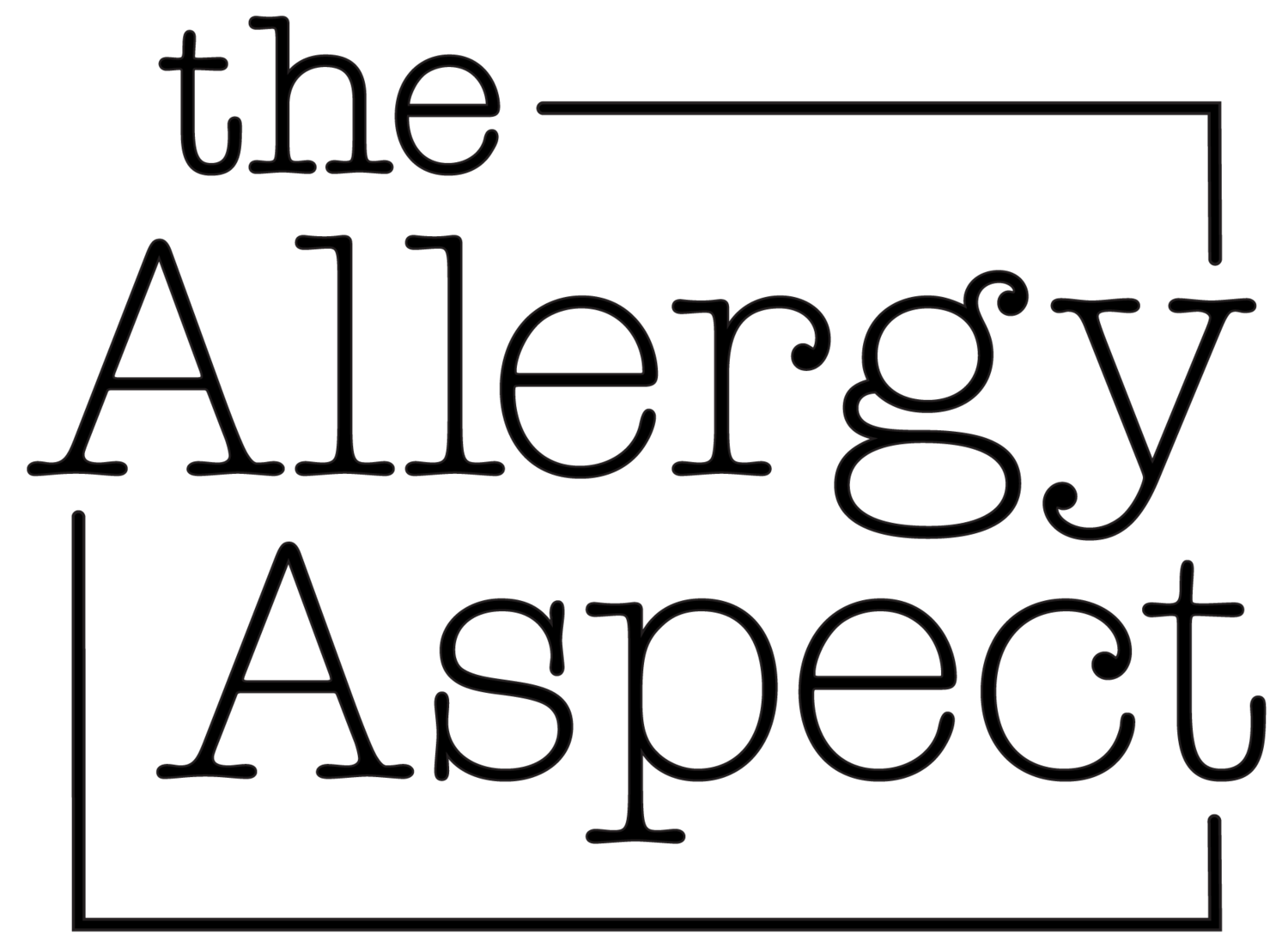The First Years Living with EOE
Looking back, prior to beginning oral immunotherapy (OIT) treatment, our son probably had underlying symptoms of eosinophilic esophagitis (EOE) that went undiagnosed – gagging on food as an infant and toddler requiring months of feeding therapy, drinking lots of fluids, choking episodes and poor growth. It wasn’t until we started to gradually increase the amount of wheat for desensitization through OIT that the EOE kicked into high gear. At that point our son complained of stomach pains, pressure, and pain in his chest, and then what he’d call ‘wobbly legs’, which was how he described feeling faint. He was missing school and eating became very challenging. It was a very scary time for all of us.
We began trying to address his symptoms — stopping the OIT did nothing to alleviate any of his discomfort or reduce his eosinophil biopsy count. Our son had avoided 7 of the top 9 most common allergic foods his whole life, then at age 11 we modified further to include the top 9 and other foods. We had to start supplementing his nutrition with Neocate, a hypoallergenic formula that his body desperately needed to support his dietary needs. He lived through endoscopy after endoscopy (the only true way to diagnose and monitor EOE). We tried many treatments including swallowing inhaled corticosteroids, taking proton pump inhibitors, and swallowing of steroid slurries. Months of monitoring small symptoms and at times debilitating side effects. Nothing was working, our family’s frustration level was at its peak.
We were introduced to the prospect of Dupixent, a prescription biologic that, in layman’s terms, helps to reduce inflammation differently than steroids and is more widely used and approved for treatment of severe asthma, eczema, and nasal polyps. Research from clinical trials of treating EOE with Dupixent was providing encouraging results. With the dedicated help from many of our son’s doctors and his history of asthma, he was approved for Dupixent.
We are currently seeing some promising results on Dupixent, an injection we administer at home every other week. His eosinophil biopsy count has drastically declined to normal levels and his growth has finally returned, but we continue to cautiously monitor our son’s progress and next steps living with EOE.
While his discomfort has subsided, tackling the everyday of avoiding most common foods and avoiding anaphylaxis for our adolescent son is still a daily challenge. What’s important to become educated about and to discuss with your allergist and physicians is that the link between OIT and EOE is being researched. With more data, better decisions can be made. We did have to bid farewell to OIT but we found a path to move forward and continue to address how as a family we’re going to thrive and continue to live life fully.
For more information on OIT, EOE and other concerns, visit Resources.

